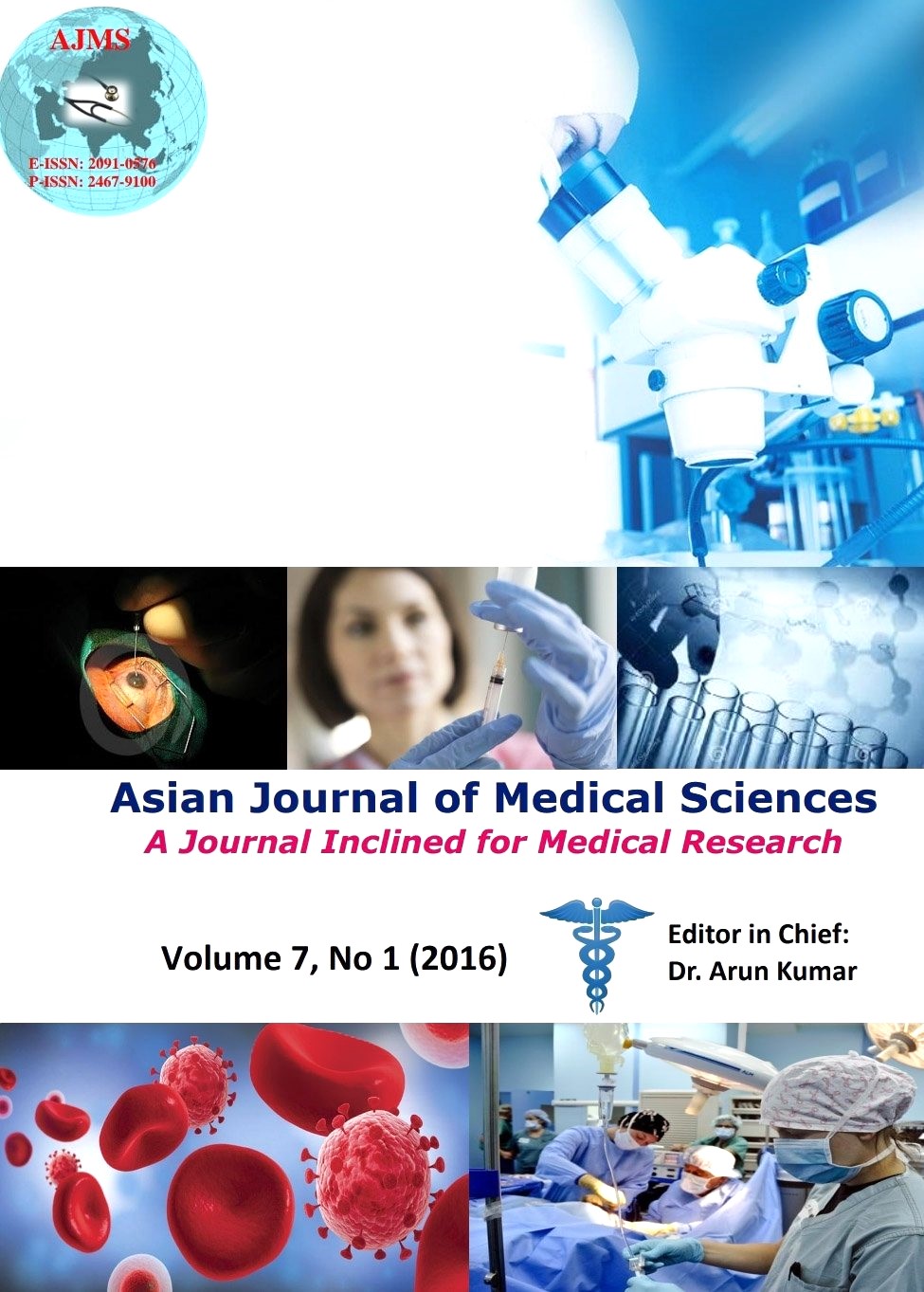Progress in research on immunological mechanism of leprosy
Keywords:
lepromatous leprosy, Th17 and Th1 immune mechanismAbstract
Leprosy is a chronic infection acquired after getting exposed to Mycobacterium leprae(M.Leprae), especially via contact or through nasal secretions of the affected hosts. 95% of the entire population is naturally immune to leprosy due to the inherent natural immunity against the pathogen. The components of M.leprae include the lipoarabinomannam, the mycolyl-arabinogalactan-peptidoglycan complex, the protein-peptidoglycan complex, and muramyl dipeptide which are potent inducers of inflammatory mediators, especially TNF-?. Immunologically and clinically leprosy is classified into the Tuberculoid pole, Borderline tuberculoid, Mid borderline, Borderline lepromatous and lepromatous pole. In the Tuberculoid pole, the naive CD 4 lymphocytes differentiate into either Th1 or Th17 cells. Th1 secretes IL-2, TNF-?, IFN-?, and Th17 secretes IL-17, IL- 21 and TNF-?. In the Lepromatous pole, the naive CD 4 lymphocytes differentiate into Th2 cells, which secrete IL-1?, IL-4, and IL-6 that promotes antibody formation. Knowing about the immune cells,mechanisms of their interaction and substances responsible in leprosy reactions can provide a potential way of enhancing the immune response to M.leprae especially in the Lepromatous pole or ways of preventing the nerve damage and skin lesions in leprosy.
Asian Journal of Medical Sciences Vol.7(1) 2015 1-5
Downloads
Downloads
Additional Files
Published
How to Cite
Issue
Section
License
Authors who publish with this journal agree to the following terms:
- The journal holds copyright and publishes the work under a Creative Commons CC-BY-NC license that permits use, distribution and reprduction in any medium, provided the original work is properly cited and is not used for commercial purposes. The journal should be recognised as the original publisher of this work.
- Authors are able to enter into separate, additional contractual arrangements for the non-exclusive distribution of the journal's published version of the work (e.g., post it to an institutional repository or publish it in a book), with an acknowledgement of its initial publication in this journal.
- Authors are permitted and encouraged to post their work online (e.g., in institutional repositories or on their website) prior to and during the submission process, as it can lead to productive exchanges, as well as earlier and greater citation of published work (See The Effect of Open Access).




